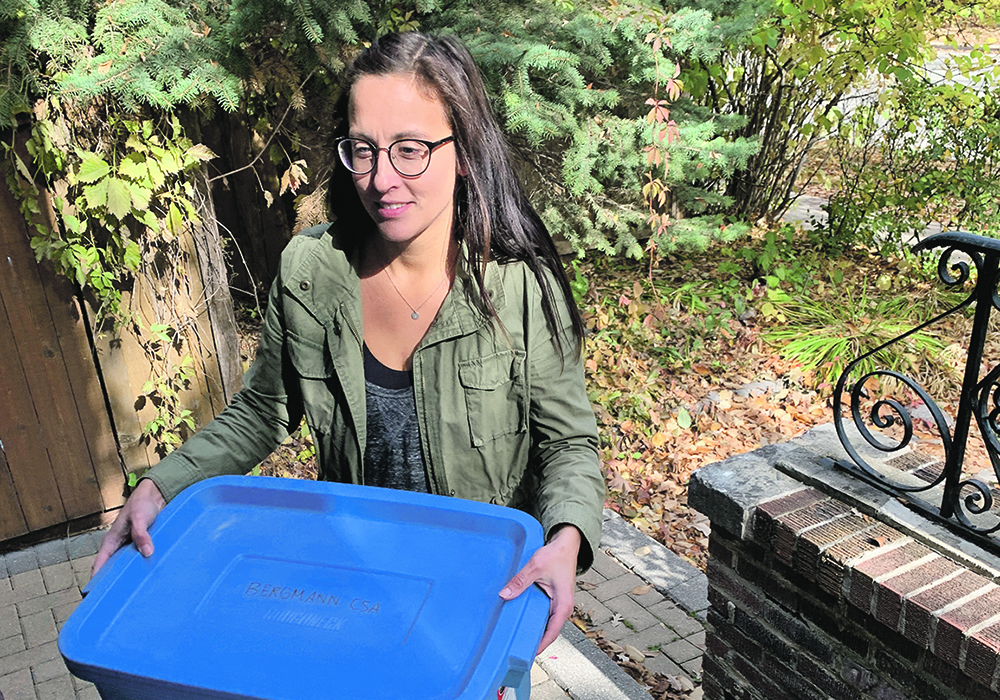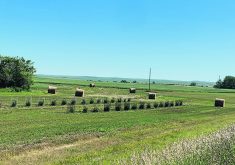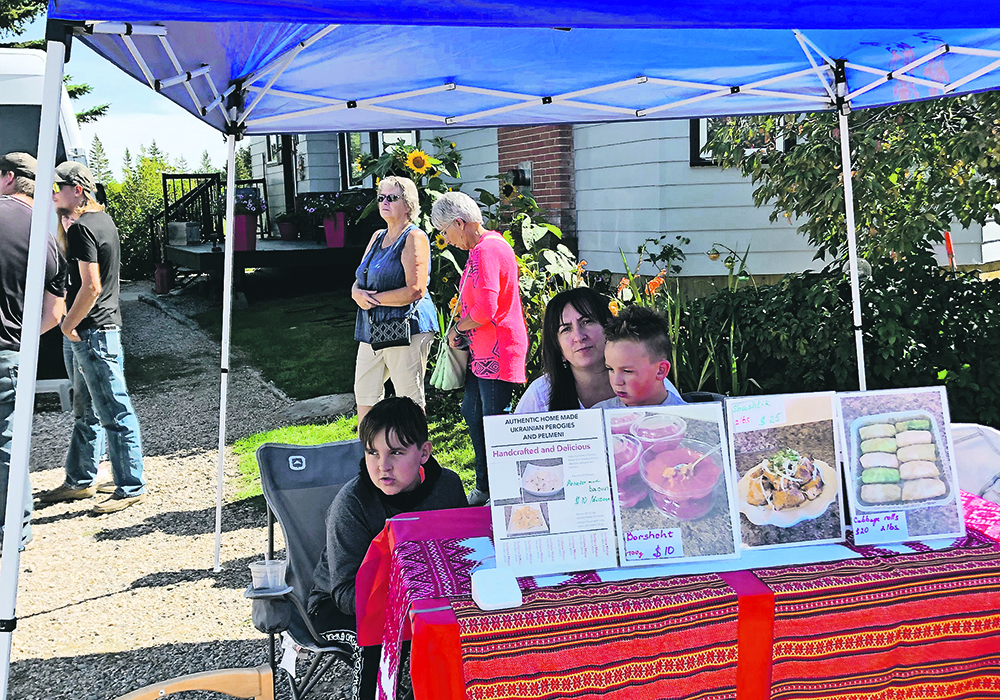Prairie producers who decided to sell their produce directly to consumers this summer say the experience was positive
It was a summer like no other, but direct-to-consumer farmers say they mostly kept up with demand and made new regular customers.
“Things went well this summer,” said Mark Hoimyr, a Gladmar, Sask., beef producer.
“The high sales that we saw earlier in the spring tapered off after people’s concerns about being able to access meat faded. Now it is steady and consistent, but with gains in our customer base definitely better than last year.”
During the great beef shortage of the spring, when Alberta’s main slaughter plants saw production plummet temporarily during one shutdown and a general slowdown, anxious consumers were dialling farmers looking for meat supplies. Some of those are becoming continuing customers.
Read Also

Nutritious pork packed with vitamins, essential minerals
Recipes for pork
“I did have a few more local customers interested in purchasing packages rather than halves or quarters,” said Tara Davidson of Lonesome Dove Ranch in Ponteix, Sask.
That is “good too, because they are often gateway customers who start with a few pounds of ground beef then look for a split half the next year.”
With higher demand there could have been a temptation to boost prices, especially when shortages hit the grocery stores, but most producers appear to have avoided doing that.
“I was fair to my loyal and local customers and maintained a fair price in spite of beef price skyrocketing at retail,” said Davidson.
For Warren, Man., chicken and fish farmer Rudy Reimer, demand was good but he had to tackle new safety requirements for his employees and customers. That hasn’t been bad though.
“Overall (business was) better, sales were good,” said Reimer in response to a tweeted question.
The biggest challenges “were adapting to contact with employees and customers, but most of those (changes) went so well they will become permanent practices.”
This year’s cool spring and cold snap in September made some vegetable operations scramble after crops were held back by coolness in spring, then raced forward in the summer heat, then were shut down by fall freezing.
With agriculture’s long lead times, it wasn’t easy for farmers of crops, vegetables or livestock to suddenly increase supplies.
Tyler Wilson of Admiral, Sask., who had just begun his direct-to-consumer business with a handful of cattle before the pandemic struck, said things went better than he expected.
“We have three people who bought this fall already put in another order for when they run out,” said Wilson, who finished 10 cattle and sold eight directly to consumers.
“Everyone said they really enjoyed their meat, which was a concern to me from the start. For someone who’s only owned cattle for a little over a year and went into selling direct from scratch, I wasn’t sure what to expect, but it went really smooth the way we did it.”
Davidson said she heard from farmers wondering about the business.
“I had numerous requests from other farmers as to how to sell direct, how to price product, what sort of rules and guidelines there were,” said Davidson.
“I found that interesting. I’ve been slowly building my direct consumer sales over 15 years and it’s not easy to become an overnight salesperson.”
Jason Rempel of southwestern Manitoba said everything went well.
“Sales were up and have stayed up since… I have gained a lot of new customers that have become repeat customers,” said Rempel.


















